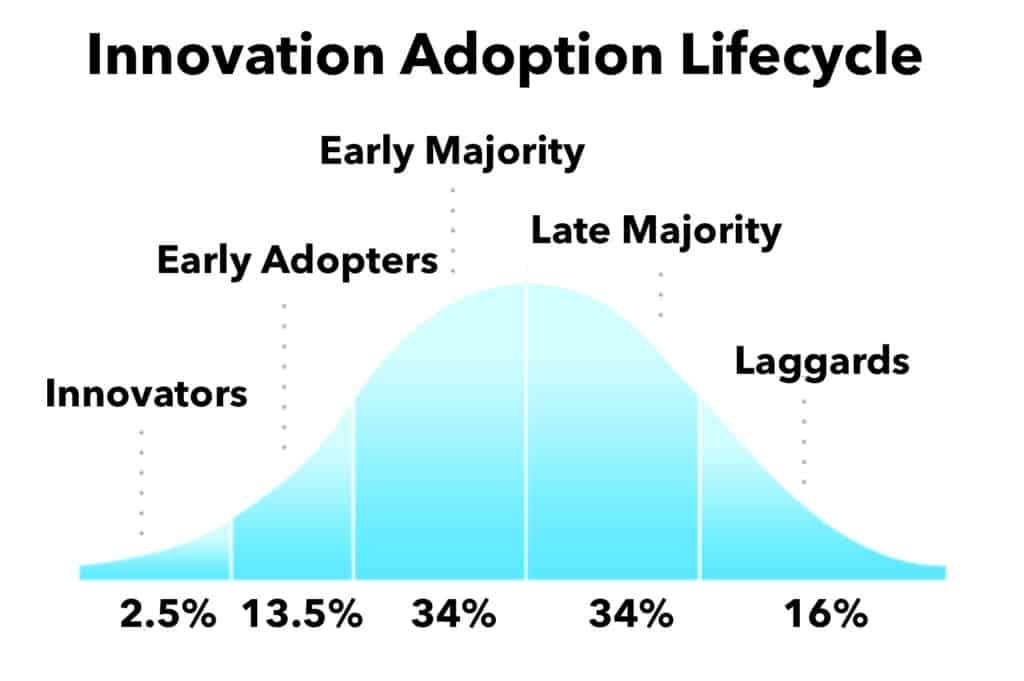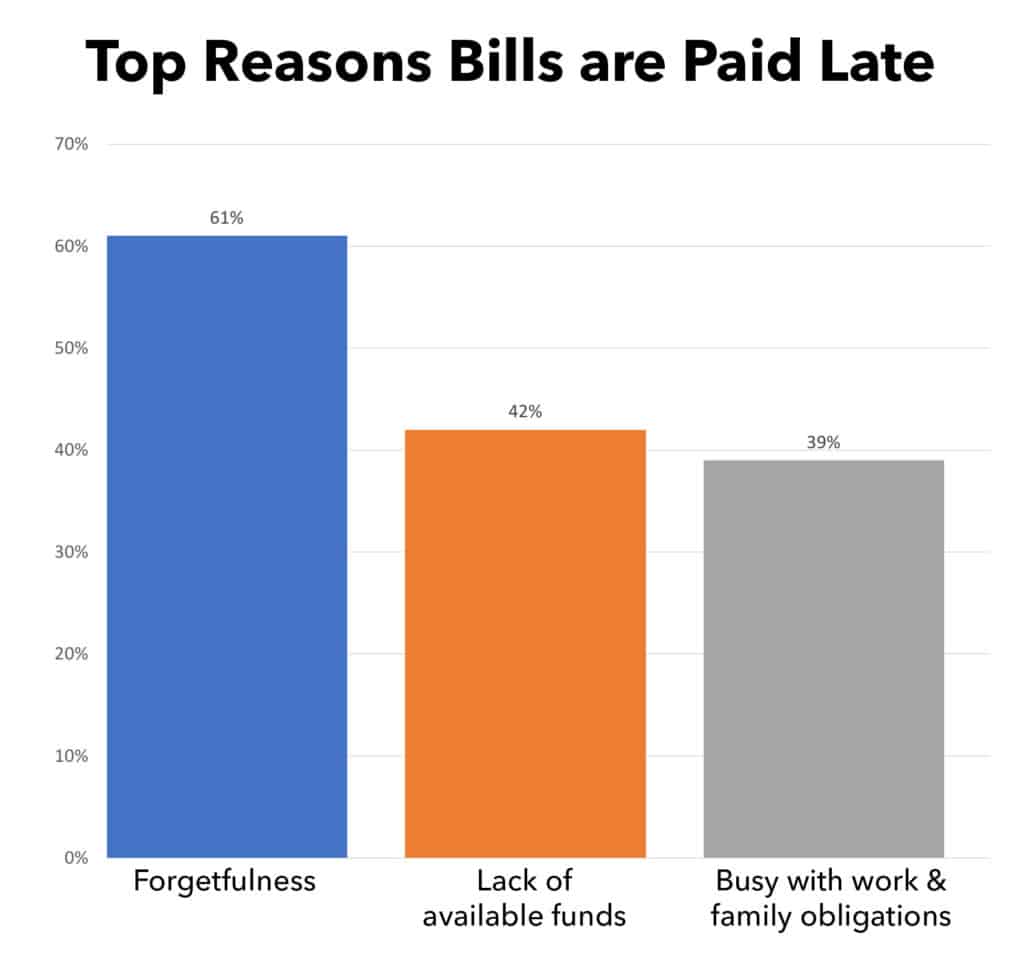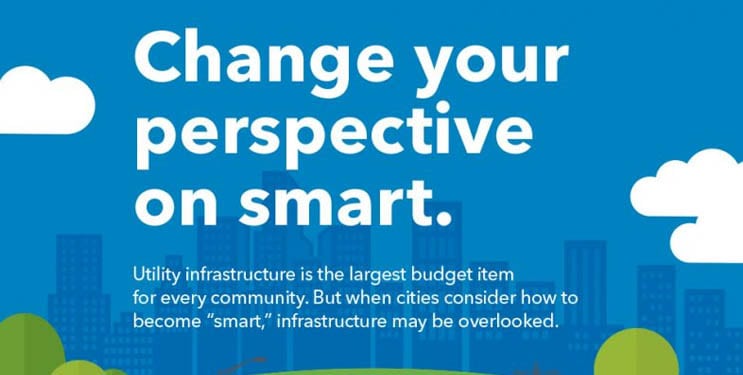In early 2019, Amazon announced that over 100 million Alexa enabled devices had been sold throughout the world. This milestone highlights an increased interest in smart home solutions and signifies the movement from early adopters towards mass market on the technology adoption curve.

Speakers, TV’s, security systems, thermostats, doorbells, vacuums and a host of other devices are now connected to the internet, have an app, and can be integrated with various home automation solutions. The Internet of Things is here. This trend gives utilities several interesting opportunities to better engage and educate their customer base.
A few examples include:
Bill Reminder

One opportunity that can directly impact the utility’s bottom line is through bill notifications. According to a Citi survey, 61% of respondents cited forgetfulness as the reason they missed a billing due date. It stands to reason that some individuals are more likely to pay their bills if they have a reminder prior to the bill due date. By leveraging the support of notifications within many home automation solutions, utilities can send bill pay reminders to their customer base in an effort to prevent customers from missing a payment and experiencing a late fee. This can have a direct and positive effect on both the billing department and operations.
High Bill/Usage Alerts
More often than not the only time individuals look at their energy usage is when the bill arrives. During instances where the bill is higher than normal, often a customer’s first action is to call the utility to complain. Smart home solutions open the door for more regular notifications to be established so individuals can be informed sooner.
One example would be a notification that informs the customer when they have surpassed their energy/water/gas usage from the previous month. Perhaps they’ve exceeded consumption due to legitimately higher usage, but what if there is a larger, underlying problem? Maybe it’s a broken pipe leaking water underneath the house. In either scenario, the customer is prepared and can either adjust usage, or take a more immediate action to fix a problem.
Customer Education
The topic of Time of Use (TOU) rates has been widely discussed within the electric industry. One of the biggest TOU arguments is the lack of customer awareness as it relates to their energy usage. Very few home owners could rank energy consumption from highest to lowest for devices such as AC units, LED TV’s, or hot water heaters. This is problematic as homeowners with TOU rates are looking for information on what to run (and when) in order to have the lowest bill possible.
Utilities that are wanting to increase TOU participation should turn to the smart home for assistance. One easy solution leverages voice commands with virtual assistants so home owners can ask questions like “What is my current TOU rate?” or “How much will it cost to charge my car?”. They can receive responses that will help them to decide whether to perform an action now or to wait until later.

The examples above barely scratch the surface of opportunities provided by the smart home. As adoption of smart home devices continues new capabilities will be introduced that utilities can leverage.
How is your utility is interacting with smart homes?




